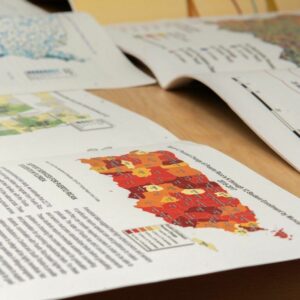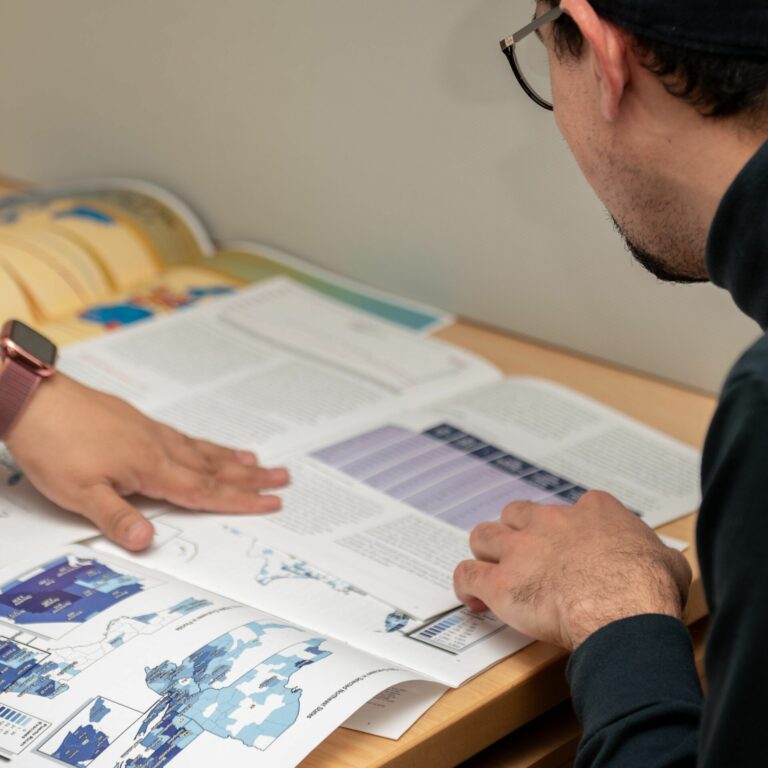
Testimony before the Puerto Rico Advisory Committee to the United S...
by Carlos Vargas-Ramos by Yomaira C. Figueroa-Vásquez Learn More
CENTRO'S Data Hub generates robust research and analysis, along with data tools, using publicly available data, from the U.S. Census Bureau and other federal agencies, to provide information about Puerto Rico and stateside Puerto Ricans to scholars, policy makers and the general public. The Data Hub is a resource which produces and provides a range of materials that can be useful to our stakeholders such as: Infographics, Tools, Reports, and Data requests.



by Carlos Vargas-Ramos by Yomaira C. Figueroa-Vásquez Learn More

Residents of Puerto Rico pay federal taxes. They did so to the tune of $5 billion in… Learn More

Centro’s Infographics are visual representation of the most-up-to-date socio-demographic information about the Puerto Rican population in the… Learn More